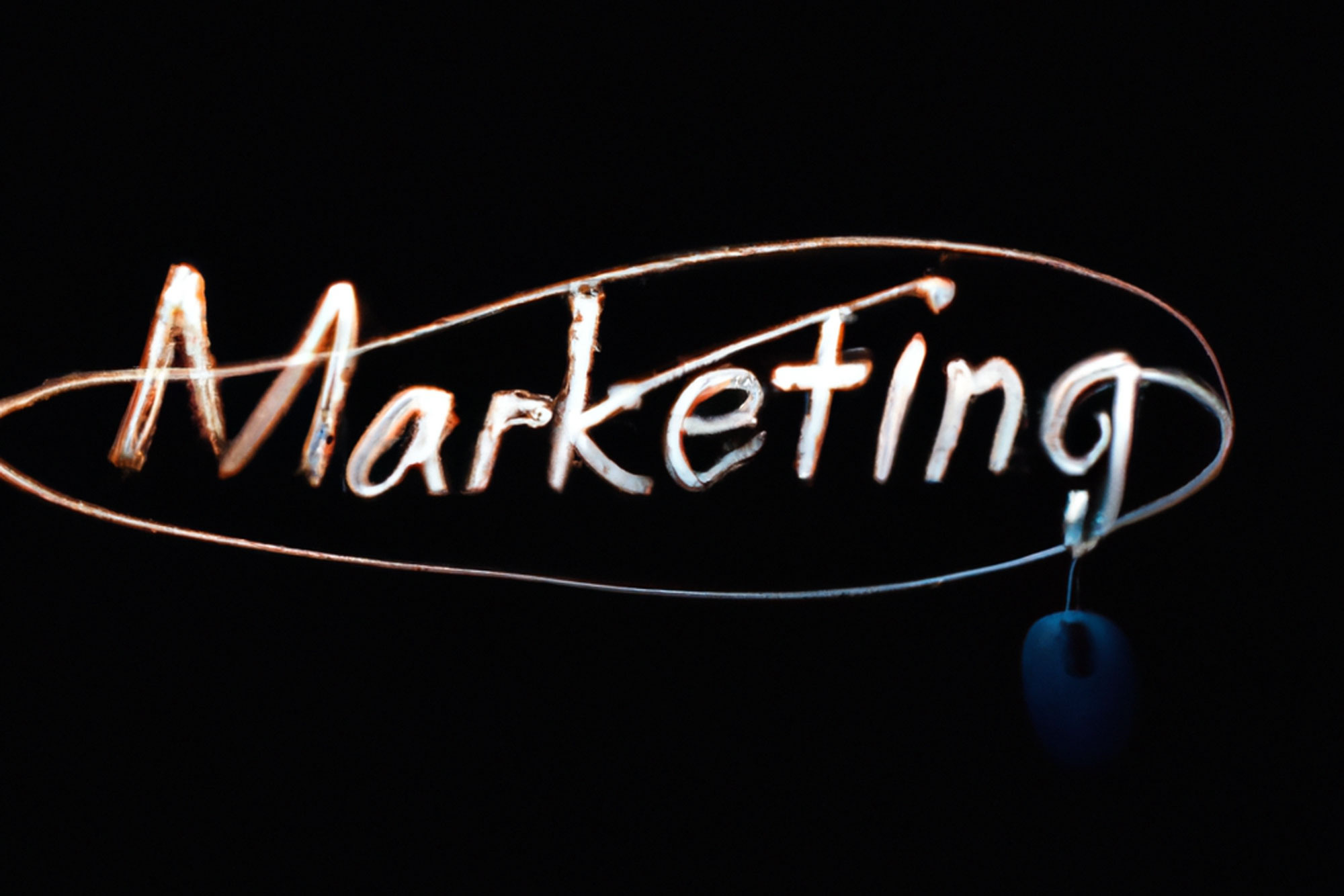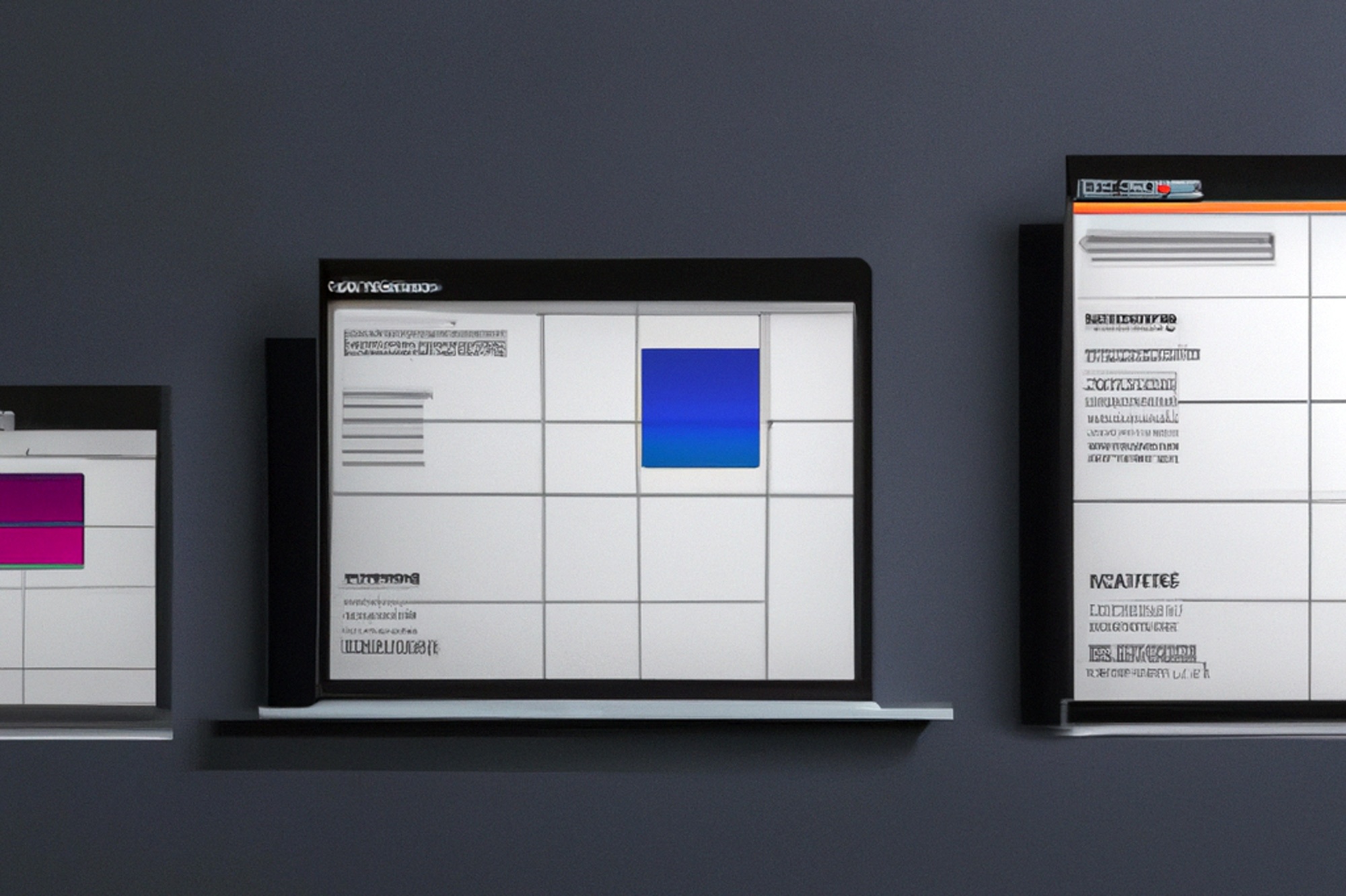Inbound Marketing vs. Outbound Marketing
In today's business world, choosing the right marketing strategy is important to attract and retain customers. Inbound and outbound marketing are the two most well-known marketing methods that are often compared to each other. Here you can learn more about the definition, differences, advantages and disadvantages as well as the effectiveness of both strategies.

What does inbound and outbound marketing mean?
The term Inbound marketing represents a marketing method represent, whose Focus lies on it, on one Online platform (e.g., website, blog, social account, etc.) Provide content, those of potential Customers are actively sought and therefore one content added value display for the users. Inbound marketing is a so-called Pull marketing, by the customer the company seeks and finds.
In contrast , outbound marketing is a traditional method in which companies actively advertise and try to reach potential customers by approaching them, e.g. through the Advertising a product ("cold calling"). Classic examples of this are telephone marketing, radio and television advertising, flyer advertising, direct mail and others. Outbound marketing is a so-called Push marketing, where that Company the customer seeks and finds.
What is the difference between inbound and outbound marketing?
Of the Main difference between inbound marketing and outbound marketing is that Inbound marketing is based on content creation, directing people's interest on their web platforms. Outbound marketing, on the other hand, relies on promoting the product or service through different channels. We have listed the main differences in a table:

What are the advantages and disadvantages of both marketing strategies?
The Pros and cons of inbound and outbound marketing become clear right from the start based on the differences. The trend is clearly towards inbound marketing, nevertheless, let's review the pros and cons by means of a table represent:

Inbound and Outbound Marketing: Effectiveness, ROI and Conversion Rate
Effectiveness
Experience shows that inbound marketing has a higher impact than outbound marketing. Inbound marketing is perceived by customers as less intrusive and offers a better opportunity for a closer relationship between business and customer. Outbound marketing, on the other hand, is perceived by many people as disruptive and annoying.
ROI
In terms of ROI (return on investment), it is also shown that inbound marketing generates a higher return in the long term . While outbound marketing campaigns are often expensive and only produce short-term gains, inbound marketing strategies can deliver greater returns over the long term as they aim to build a long-term relationship between the business and the customer.
Conversion rate
In our experience, the conversion rates for inbound marketing are higher than for outbound marketing. People who come to a website as a result of inbound marketing efforts have typically already shown an interest in the company's product or service and are therefore more likely to convert to a customer than people who come through outbound marketing efforts be addressed.
Overall, it can be said that inbound marketing can generate stronger customer loyalty and higher conversion rates , while outbound marketing is more aimed at short-term success .
For whom is inbound and for whom is outbound marketing suitable?
It is difficult to say for whom classic marketing is suitable (outbound marketing) and for whom inbound marketing . In general, inbound marketing is definitely the more up-to-date and sustainable variant of marketing. Nevertheless, it must first be checked which service is better suited for which marketing . For example, an established craft business can hope to get orders faster through direct mail than through a professional social media profile, which is not yet well known and would only achieve success with high time and financial investments. Conversely, without a competitive analysis and an associated inbound marketing strategy , an established retail trade would be as good as left behind on the free market .
Our marketing experts can work out the perfect marketing strategy for every company and every lone fighter and thus bring success within reach - just contact us about this!

Create a comprehensive marketing strategy with inbound and outbound marketing
Inbound and outbound marketing can work together effectively to create a comprehensive marketing strategy that drives both long-term customer retention and short-term (sales) results .
For example, outbound marketing can help reach a wide audience and increase brand awareness , while inbound strategies can attract the attention of potential customers who are already interested in the product or service being offered.
By using targeted and high-quality outbound campaigns, a larger number of prospects can be directed to a company's website. Inbound marketing strategies, such as providing informative content and using calls-to-action, can then be used on the website to convert visitors into leads and ultimately into customers.
A comprehensive marketing strategy that combines both approaches can help build long-term customer relationships while delivering short-term sales results .
Conclusion
“Inbound or outbound, that is the question”: As already mentioned, the right strategy from the corresponding field of activity and the competition away. Nevertheless, it should be said that Inbound marketing represents the future of marketing, and a continuous build-up never hurts. This means with low and manageable budgets can already Preliminary work be done. Nevertheless, it can continue classic marketing and you can compare for yourself which method ultimately makes more sense for the company.


